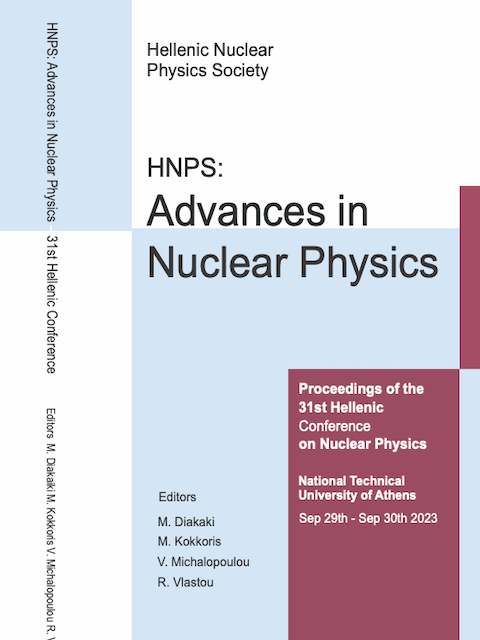Radio-dating method of 210Pb in a marine sediment core from the deep basin Northern of Skyros Isl., Aegean Sea

Abstract
In this work, the level of natural and artificial radioactivity in a marine sediment core obtained from the Northern basin of Skyros (Sporades region - Aegean Sea, Greece) was measured by a high-purity germanium detector. More specifically, the activity concentration was determined for the radionuclides 226Ra, 214Pb, 214Bi and 210Pb, 208Tl, and 228Ac, the natural potassium radioisotope 40K, and the anthropogenic cesium radionuclide 137Cs. The vertical distribution was obtained for each of them in the core and subsequently, based on the radio-dating method of 210Pb, the time reconstruction of their activity was realized. The sediment accumulation rate was calculated at (0.17±0.02) cm y-1 which in the specific core is equivalent to sediment deposition of 1 cm per (6 ± 1) years. The vertical distribution of 137Cs was also used to validate the accumulation rate. According to the time reconstruction, a significant increase of both 226Ra and 208Tl was revealed in the period 1950-1960. The results highlight that the radio dating method of 210Pb, even though it is widely used in coastal marine areas, can be successfully applied in deep-sea regions where the accumulation of sediment is high enough (mm per year) due to sediment gravity flow.
Article Details
- How to Cite
-
Roumelioti, S. .-. K., Patiris, D., Tsabaris , C., & Alexakis , S. (2024). Radio-dating method of 210Pb in a marine sediment core from the deep basin Northern of Skyros Isl., Aegean Sea. HNPS Advances in Nuclear Physics, 30, 241–245. https://doi.org/10.12681/hnpsanp.6286
- Issue
- Vol. 30 (2024): HNPS2023
- Section
- Poster contributions

This work is licensed under a Creative Commons Attribution-NonCommercial-NoDerivatives 4.0 International License.





